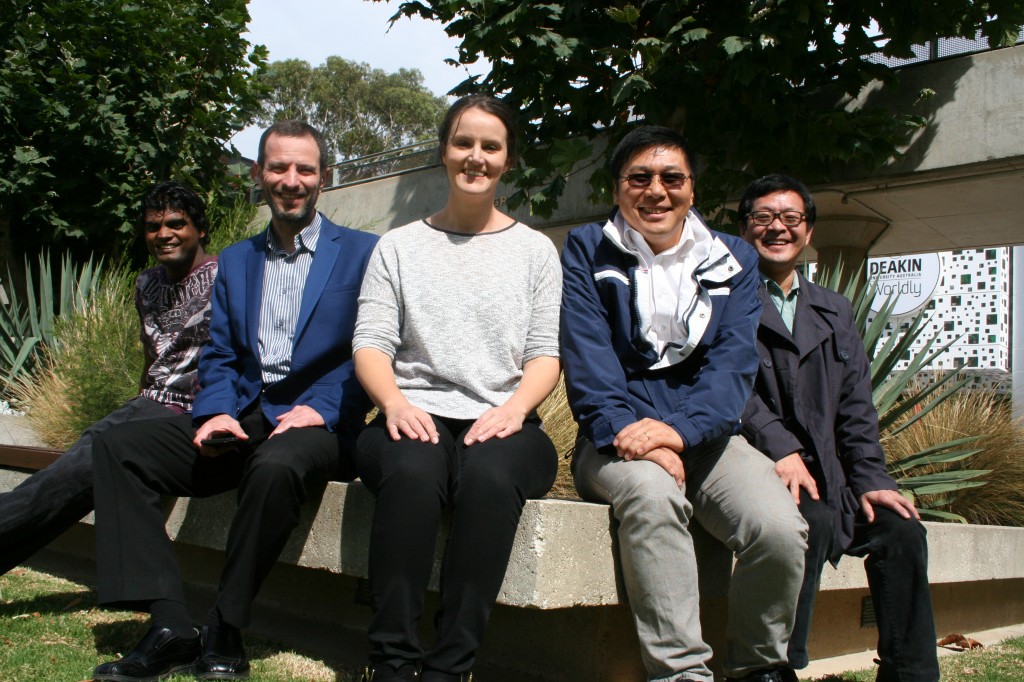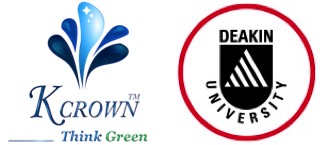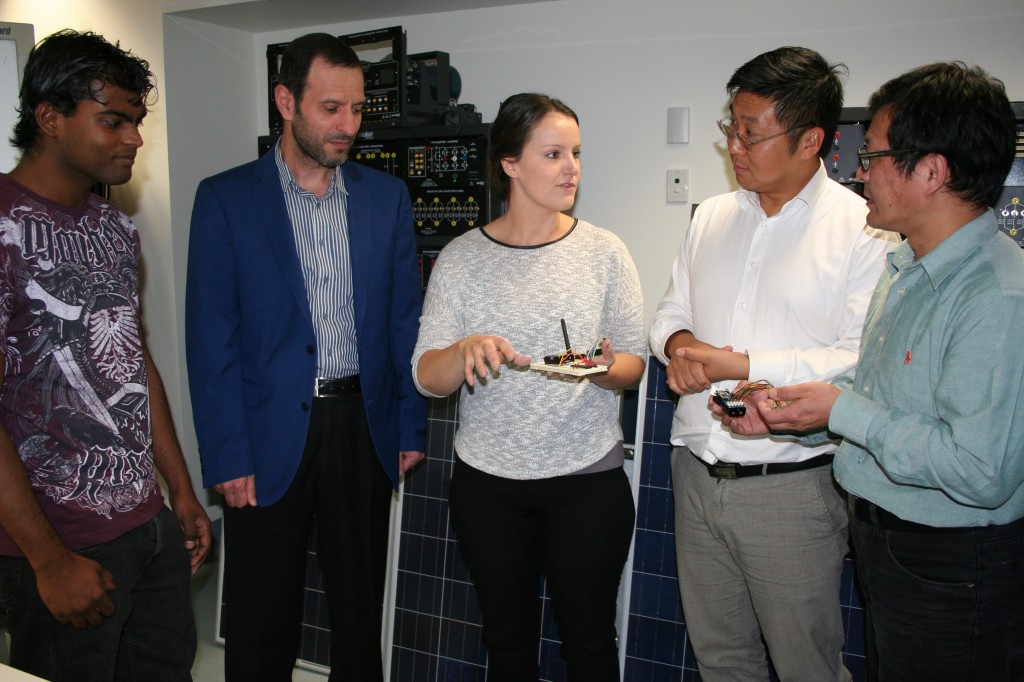
Engineering on a roll:
How smart wireless devices can help keep toilets stocked and clean
No one needs to be caught in the toilet at a major event with an empty toilet roll. It is bad for patrons. Did you know it is bad for business too?
Tiny roll, big impact
The cost of cleaners having to constantly check cubicles can be huge, not to mention the waste involved in replacing almost-empty soap containers and toilet rolls to avoid the trouble of you finding them bare. And what about the venues’ reputation for clean and stocked bathroom facilities?
According to the American National Resource Defence Council (NRDC) one out of every seven trees we cut down goes straight into the toilet.
But how can cleaning companies keep the soap, hand towels and toilet tissues stocked efficiently, with minimum wastage?
Over the last year students from Deakin University have been using mathematics and engineering to find a smarter way to solve the problem.
Vikram Nadar worked on the initial stages of the project to design and build an electronic wireless system. The prototype is able to sense the current level of stock and transmit the data to a webserver.
So, instead of having to predict the amount of consumables needed on each round, staff can simply check the interface and know exactly which bathrooms need exactly how much stock. Meaning no matter which loo you go to it’s sure the roll won’t be empty!
Once the nuts and bolts (or rather the electronics) were a success, it was time to begin customising software to enhance the signal of the sensors and how they connect.
Jennifer Lewis began her love affair with numbers in an accounting degree, but she wanted to use her mathematical flair in a a more applied career. So she switched to engineering.
Software for the soft-wear
“I wrote and improved the software that allows the sensors to relay information to each other,” says Jennifer. “I implemented a thing called ‘mesh networking’. This gives us layers of nodes that cooperate with each other. It means the sensors can be placed further away from each other and further away from the master node,” she continues, “is the main sensor that sends the final data to the central hub.”
Associate Professor Abbas Kouzani supervised both the KCrown internships. He remarks that reliable low-power wireless communication solutions are difficult to realise. “It has been extremely beneficial for both the students and the industry partner to be able to engage with one another through APR.Intern and complete several stages of the one large project,” says Abbas.
Bruce Tian, Director at KCrown believes that APR.Intern grants have enabled his company to take an idea and develop prototype products in collaboration with Deakin University.
Abbas and Bruce both agree the generated outcomes will enhance KCrown’s market position across Australia, and provide new revenue opportunities for the company.
This is one way industry can innovate and supply their customers with premium-quality products that contribute to an environmentally sustainable world.
Interns: Vikram Nadar and Jennifer Lewis, Deakin University
Industry Partner: Bruce Tian, Director, KCrown
Academic Mentor: Associate Professor Abbas Kouzani, Deakin University




